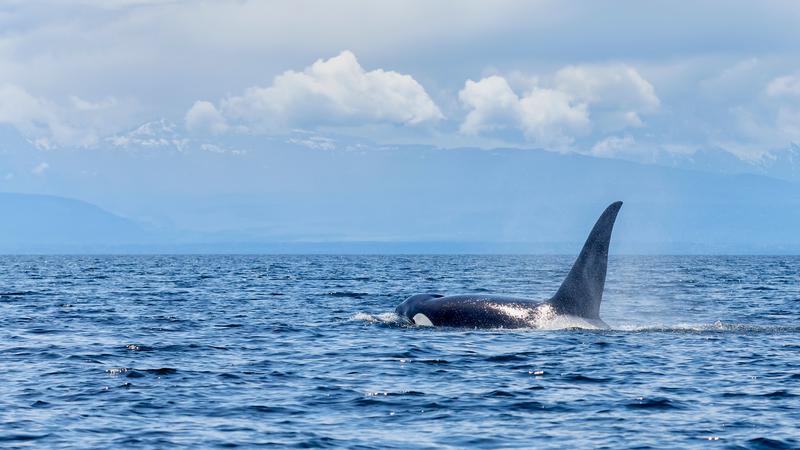
UBC researchers discover possible new pod of orcas seen hunting sperm whales
NANAIMO — A possible discovery of a new population of killer whales off the west coast of the United States is exciting researchers from the University of British Columbia.
At least 49 of the new whales have been identified off the west coast of California and Oregon hunting sperm whales, although researchers say the number in the pod could be as high as 70.
Lead author of the study Josh McInnes said this group of orcas were observed far out in the open ocean, between 60 and 370 kilometres off-shore.
“We took a look at the dorsal fins in the photographs that were sent in, and we couldn’t recognize any of the individuals, which was pretty exciting in many ways, because a lot of the killer whales we’re used to seeing we recognize them and we know who they are, they can be sighted along the coast, but this was something different.”



